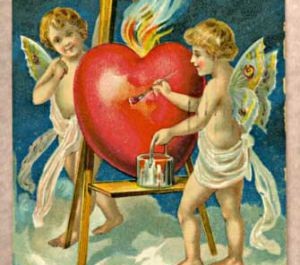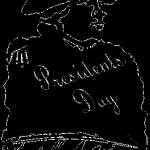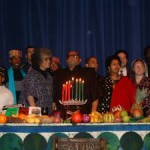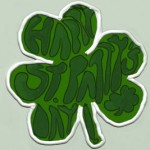History of Valentine’s Day
Historians believe that St. Valentine’s Day originally began when celebrations were held circa 350 AD that honored several early Christian saints. According to legend, one of these saints–a St. Valentine of Rome–was thrown in jail for performing weddings between Roman soldiers and their lovers when it was expressly forbidden for soldiers to marry. St. Valentine was also accused of ministering to Roman Christians who were persecuted and by Roman Empire minions.
Various Views Of Valentine’s Day
While imprisoned, St. Valentine, who claimed to have supernatural powers, healed his jailer’s sick daughter and later penned a farewell letter to her hours before his execution. St. Valentine supposedly signed the letter “From Your Valentine”. February 14 is the day he was executed.
Another view of the origin of St. Valentine’s Day comes from an ancient Roman celebration called the Feast of Lupercalia. Supposedly held on February 15, the Feast of Lupercalia honored goddesses by having young men randomly select a young girl’s name, whom they would later escort to the festival. However, when Christianity entered the Roman Empire, the festival was moved to February 14, the day Christians celebrate the early martyrs, or saints such as St. Valentine.
One of the earliest descriptions of Valentine’s Day as a celebratory event of romantic love can be found in the Charter of the Court of Love, a document created by Charles VI of France and issued a Mantes-la-Jolie in the early 1400s. The charter describes extravagant festivals–feasts, love songs, poetry competitions–attended by members of the royal court. During the festivities, ladies of the courts would hear lovers’ disputes and decide how to resolve them.
From Medieval, To Middle Ages To Nowadays
Some historians credit the famous author Chaucer for linking romance and love with St. Valentine’s Day. In medieval Europe, people thought that birds mated for life on February 14. When writing the “Parliament of Fowls”, Chaucer incorporated the image of birds mating for representing lovers in his poems that he dedicated to February 14.
In the latter half of the Middle Ages, Valentine’s Day and February 14 became more closely associated with undying, romantic love as traditions of courtly love blossomed. By the 1700s, lovers in England were presenting each other with expressions of their affection–flowers, confectionery and delicately crafted cards called valentines.
A Massachusetts native named Esther Howland is credited for making the first American Valentine’s Day card in the mid-1800s. Creating elaborate cards with vivid pictures, lace and ribbons, Howland’s cards were an instant hit and she soon found herself making these cards on a larger scale, establishing a small company and providing early entrepreneurs with ideas about mass-producing St. Valentine’s Day cards.







